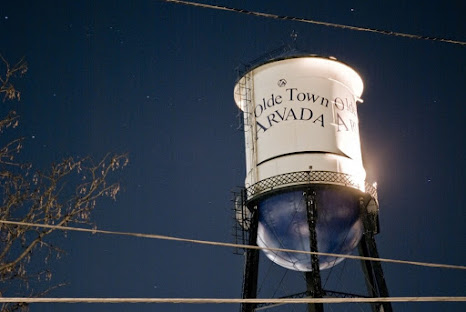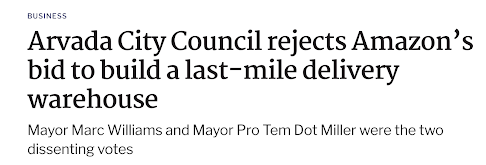 |
| City skyline of Edmonton, Canada - photo Wiki Creative Commons |
GUEST BLOG - Lilit Houlder is an urban planner working with a consulting firm in Edmonton, Canada. She is the most recent member of the SafeGrowth team and in this blog, she describes how the City of Edmonton is crafting diversity into their City Plan at a large macro scale, just as SafeGrowth does the same at a smaller micro scale.
SafeGrowth strives to apply citizen-led visions and goals into practice. In our experience, this results in strong communities and active partnerships which in turn link neighbourhoods together and improve their resourcefulness. Neighbourhoods can then begin to address challenges on their own, using the vast repository of resources gained through the SafeGrowth process.
What might this look like within an official city plan?
Edmonton recently approved its new City Plan. The City Plan came about with a goal to create a feeling of home and give the ability for diverse groups of populations to participate in their communities, groups such as women, children, indigenous people, migrants and immigrants, and seniors.
 |
| Indigenous parks in Edmonton - photo Explore Edmonton |
How can such high-level concepts be realized in communities? Right now, Edmonton is working on a new zoning bylaw that aims to transform its current legacy of segregation.
The zoning bylaw describes what can or cannot happen on one’s property and it is a tool used to implement visions found within higher-level documents like the City Plan.
BIG MOVE: INCLUSION OF INDIGENOUS RESIDENTS
Edmonton is a leader when it comes to the inclusion of its indigenous residents and neighbours – the Enoch Cree Nation to the west. The key is to strengthen this relationship through initiatives that increase indigenous participation in the city’s workforce, support indigenous community-led initiatives, and many others. With Edmonton located on the Treaty Six First Nations Territory and as the home of the second-largest urban indigenous population in Canada, prioritizing diversity and inclusion is no small task.
Perhaps more symbolic than practical, Edmonton has recently approved the renaming of its 12 wards to indigenous names (in different languages).
This process was led by a committee of 17 indigenous women. Additionally, the Indigenous Art Park was opened in 2018 that permanently exhibits artwork from indigenous artists across Canada.
COMPARISON OF APPROACHES
SafeGrowth begins with big ideas – the vision and goals. These vision and goals are turned into implementation tools resulting in outcomes that can be seen on the ground. Similarly, Edmonton’s City Plan presents a long-term vision of inclusion and diversity, and the zoning bylaw regulations ensure that this vision is implemented on the ground.
The City Plan and zoning bylaw encouraged extensive public participation at various stages of the process. It is a great way to empower communities to make decisions about what’s best for them. In this case, they sought to empower women, children, indigenous people, seniors, and newcomers to Edmonton.
As with the SafeGrowth principle to promote equity, diversity, and inclusion, Edmonton’s City Plan aims to build sustainable, empowered, and interlinked communities. Mateja Mihinjac’s blog Cities of Neighbourhoods - Are We There Yet? describes how SafeGrowth links neighbourhoods through pedestrian-friendly design.
Edmonton is attempting to achieve similar goals by reaching out and representing its diverse population in decision-making. It is a work in progress that shows how large-scale city planning might adapt to the demands of a diverse society.


